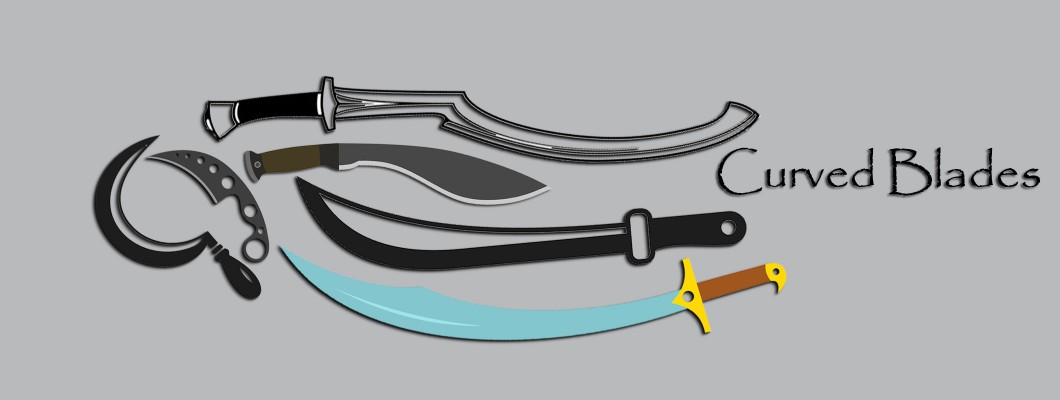
Curved Blades Explained: Khukuri, Kukri, Talwar, Scimitar & Khopesh
Curved blades have carved their place in history with unmatched grace and utility. From the Nepalese Khukuri (Kukri) to the Arabian scimitar and the Indian talwar, these weapons have not only influenced battlefields but also shaped cultures. But what makes curved blades so effective, and are there any downsides?
Let’s explore the advantages, disadvantages, science, and cultural heritage of curved blades—especially the iconic Khukuri/Kukri.
Advantages of Curved Blades
- Superior Slicing and Cutting Power: Curved blades generate a slicing motion that increases efficiency.
- Greater Control and Maneuverability: Curved knives allow for smoother wrist and arm motion.
- Better Follow-through: The blade maintains contact with the target longer.
- Visual and Cultural Appeal: Blades like the Khukuri, Talwar, and Khopesh carry deep symbolism.
Disadvantages of Curved Blades
- Learning Curve for Beginners: May require new handling techniques.
- Challenging Sharpening Process: Maintaining a consistent edge is harder.
- Limited Thrusting Ability: Less suited for stabbing or piercing.
The Science Behind Curved Blades
| Benefit | Scientific Explanation |
|---|---|
| Slicing Efficiency | Engages more edge during a slash, making cuts smoother. |
| Force Concentration | Curves focus impact at specific angles. |
| Anatomical Advantage | Matches natural wrist motion, reducing fatigue. |
| Cutting Surface | Offers longer effective edge than straight blades. |
Famous Curved Blades Across Cultures
| Blade | Origin | Key Traits |
|---|---|---|
| Khukuri / Kukri | Nepal | Inward curve, used by Gurkhas |
| Scimitar | Middle East | Deep curve, cavalry use |
| Talwar | India | Slight curve, disc pommel |
| Khopesh | Egypt | Sickle-like, used for hooking |
| Dao | China | Broad edge, infantry weapon |
| Katana | Japan | Slight curve, precise draw-cut |
| Sickle | Various | Agricultural, harvest tool |
| Karambit | Southeast Asia | Claw-shaped, martial arts |
Short Descriptions of Famous Curved Blades
Khukuri / Kukri (Nepal)
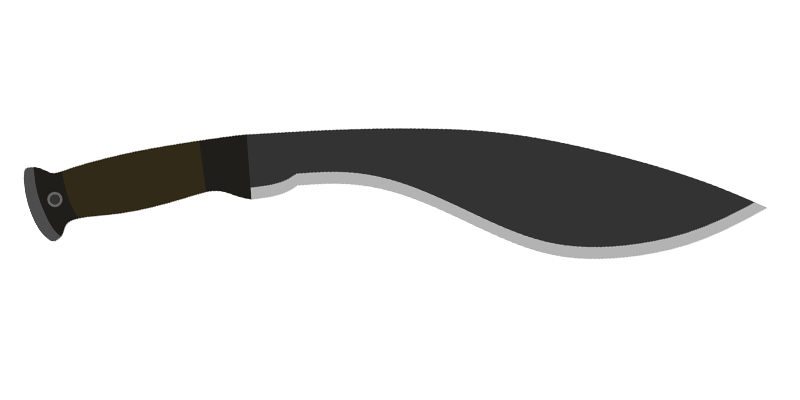
The Khukuri is Nepal’s national blade, used by Gurkhas. Its inward curve excels at chopping and utility work.
Scimitar (Middle East)
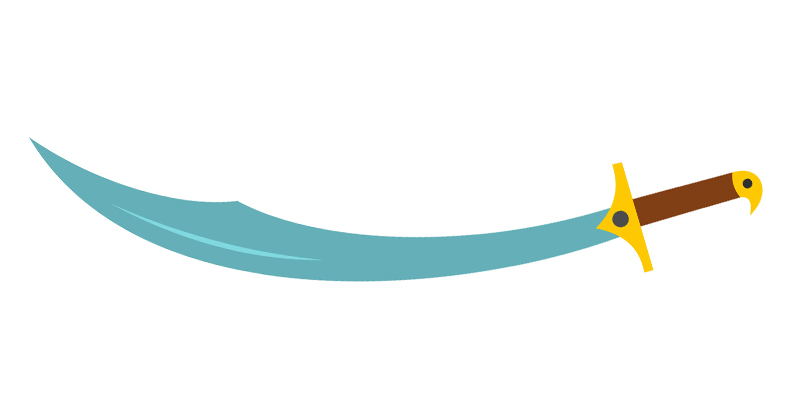
The Scimitar is a deep-curved cavalry sword ideal for slashing from horseback.
Talwar (India)
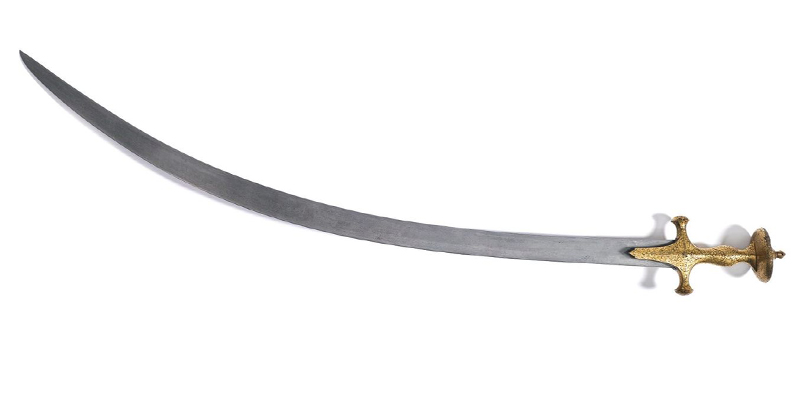
The Talwar is an Indian curved sword with a disc-shaped pommel and slightly curved blade. Used by Rajput, Mughal, and Maratha warriors.
Khopesh (Egypt)
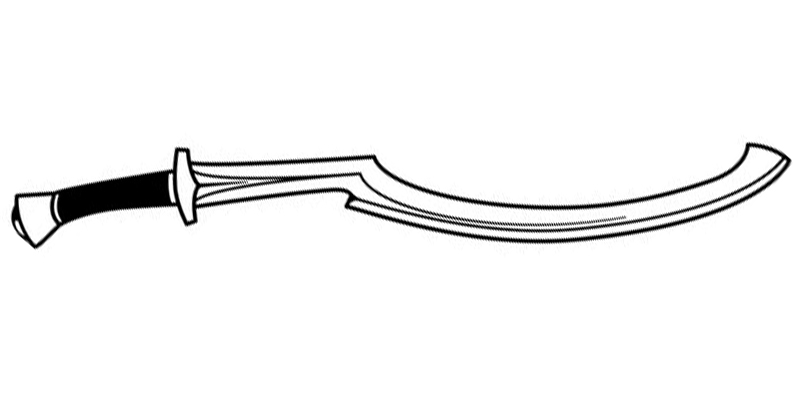
The Khopesh is a sickle-shaped weapon used for slashing and hooking shields in battle.
Dao (China)

The Dao is a single-edged Chinese broadsword known for its cutting power and battlefield efficiency.
Katana (Japan)
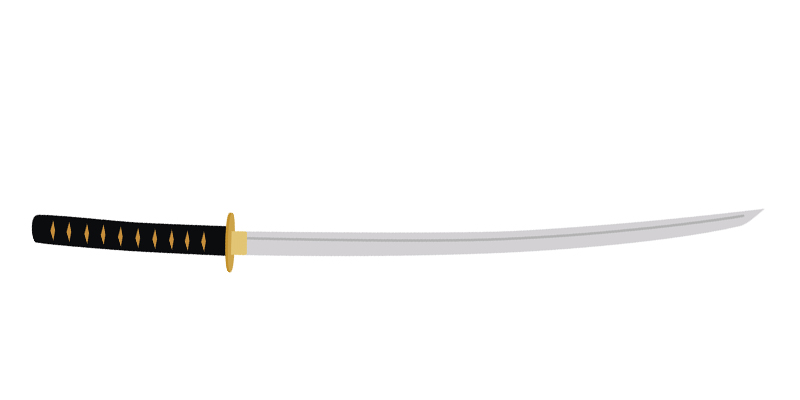
The Katana is the traditional Japanese Samurai sword with a sharp, slightly curved edge designed for fast, clean cuts.
Sickle (Various Regions)
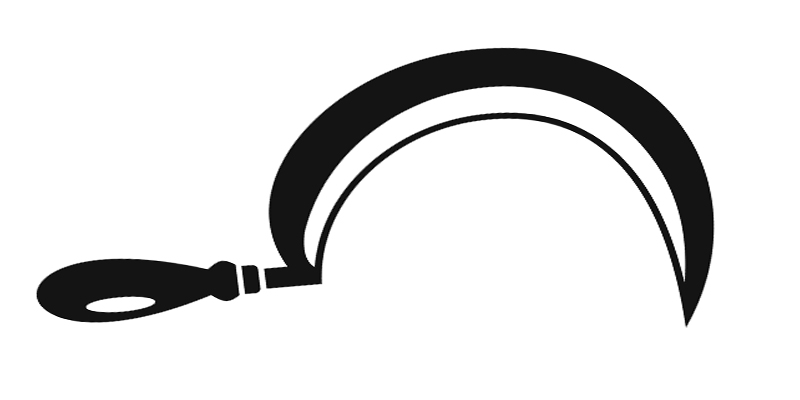
A curved agricultural blade used around the world for cutting crops like wheat and rice.
Karambit (Southeast Asia)
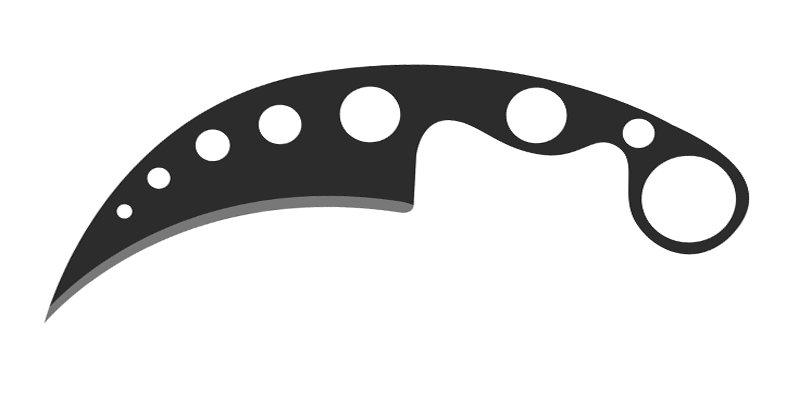
The Karambit is a compact, curved knife modeled after a tiger’s claw, used in martial arts and tactical defense.
Curved vs. Straight Blades
| Feature | Curved Blade | Straight Blade |
|---|---|---|
| Style | Slash, slice, hook | Thrust, chop |
| Usability | Utility, jungle, combat | Structured combat, fencing |
| Handling | Natural wrist motion | Linear and direct |
| Maintenance | More complex | Easier |
| Versatility | Task-specific | General-purpose |
Practical Applications
- Khukuri / Kukri: Jungle work, utility, combat
- Karambit: Martial arts, close defense
- Sickle: Crop harvesting
- Scimitar / Talwar: Cavalry and slashing warfare
Final Thoughts
Curved blades like the Khukuri, Dao, and Karambit reflect centuries of combat evolution and practical use. Their design offers advantages in slashing, wrist alignment, and style — whether for warfare, farming, or daily tasks.
Understanding their strengths helps preserve their legacy and optimize their use today.



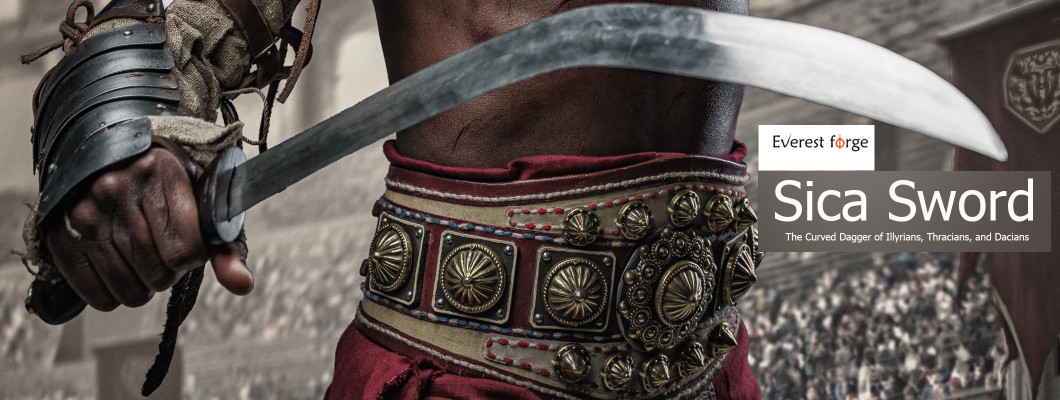

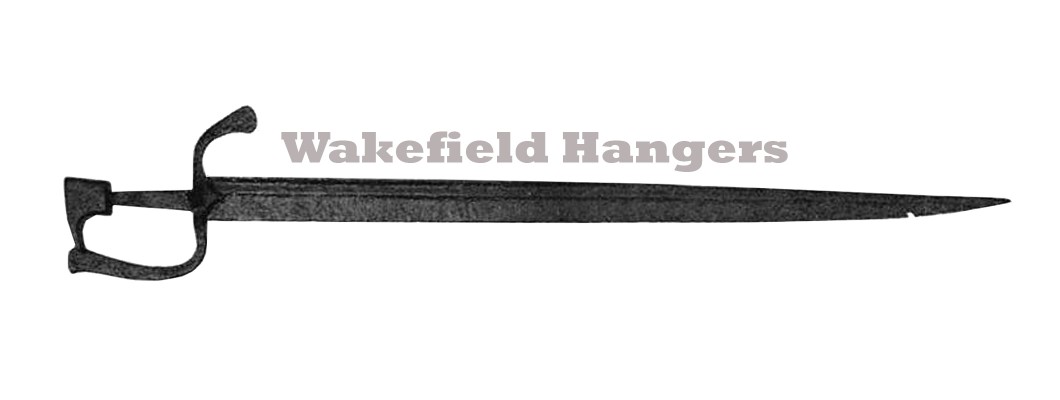
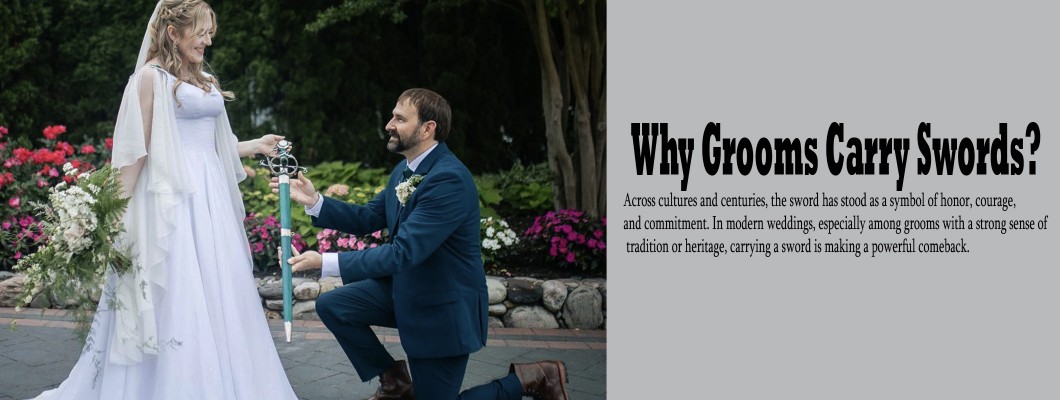
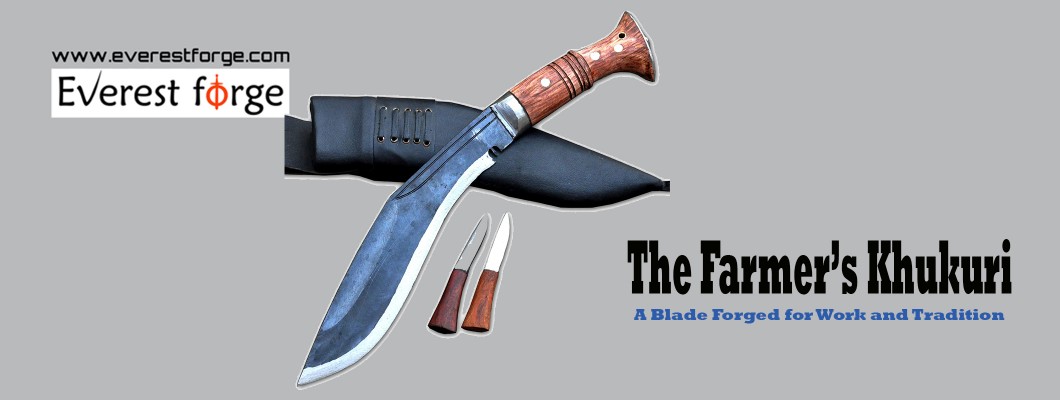
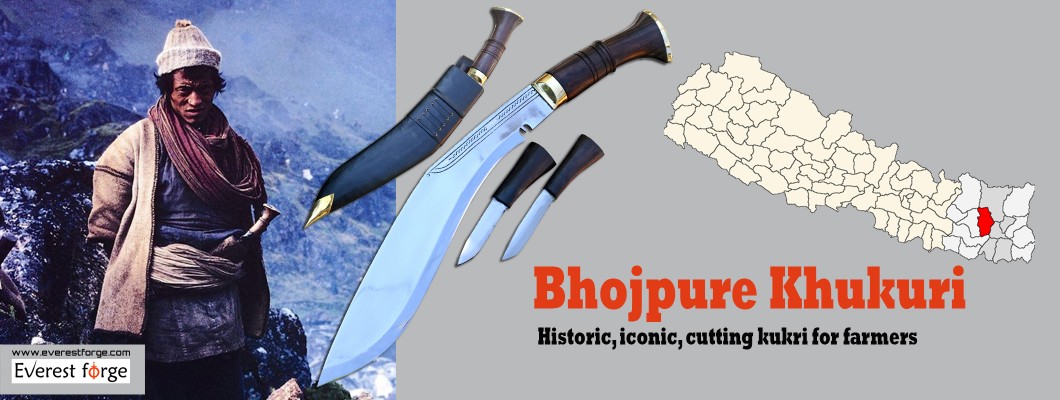
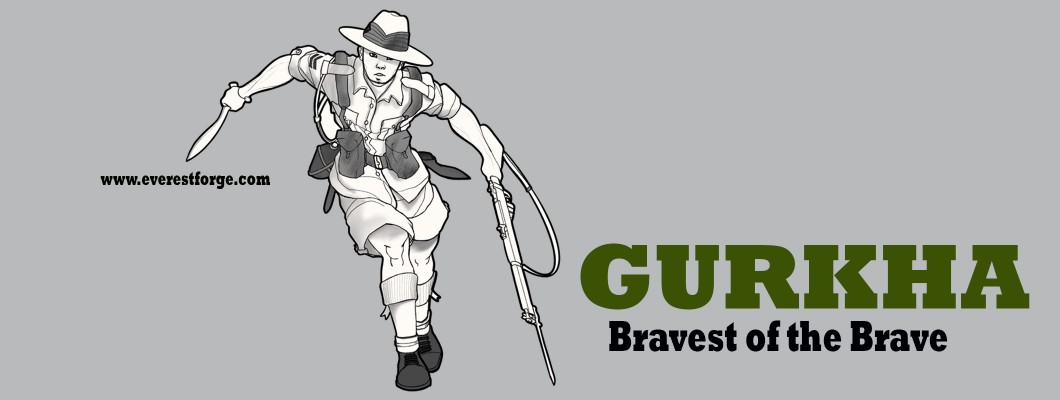
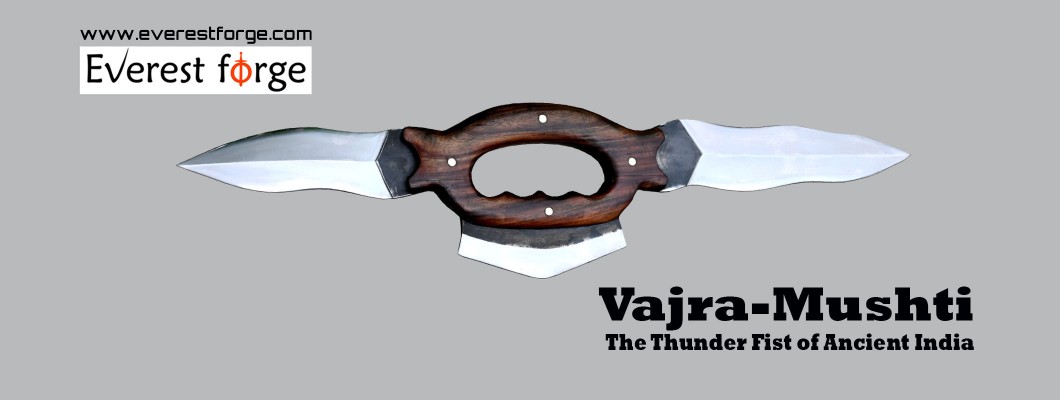
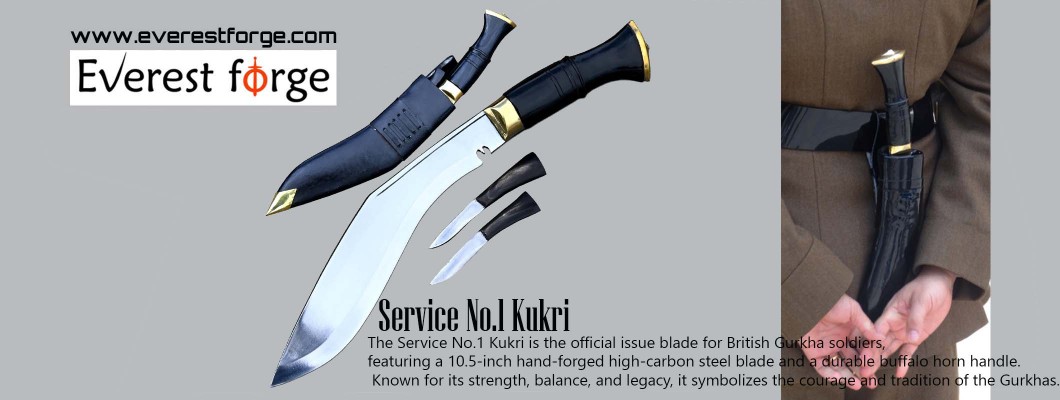
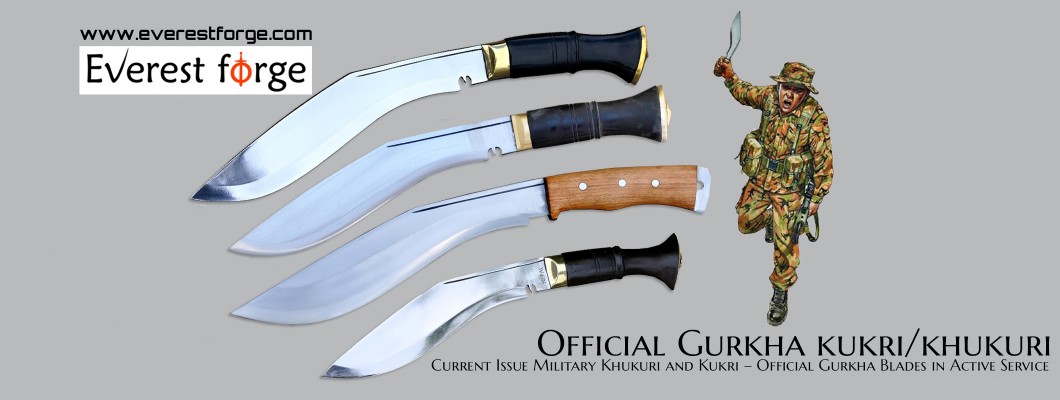
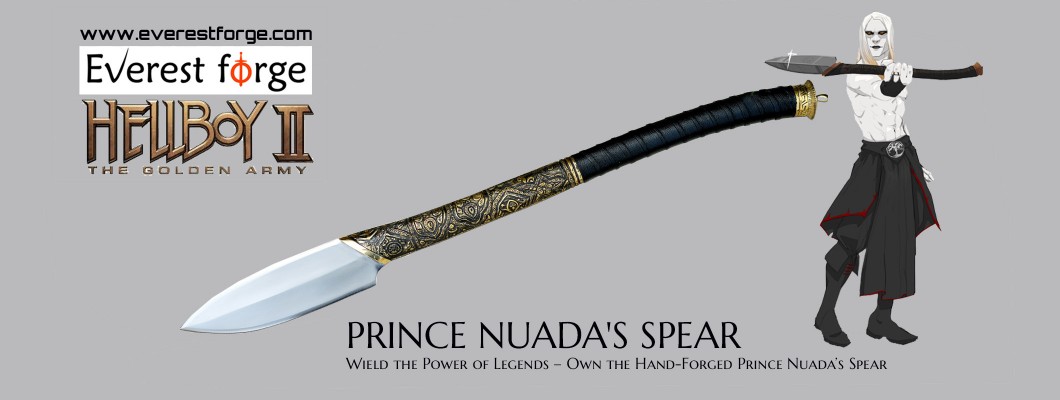

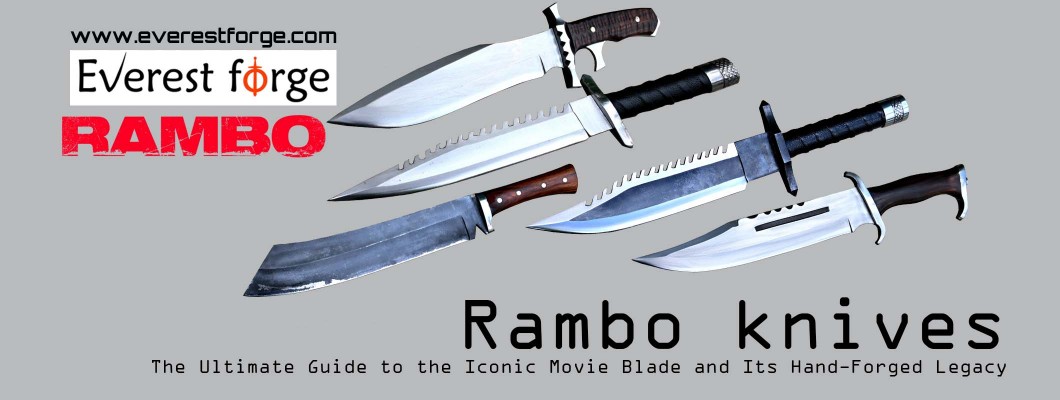





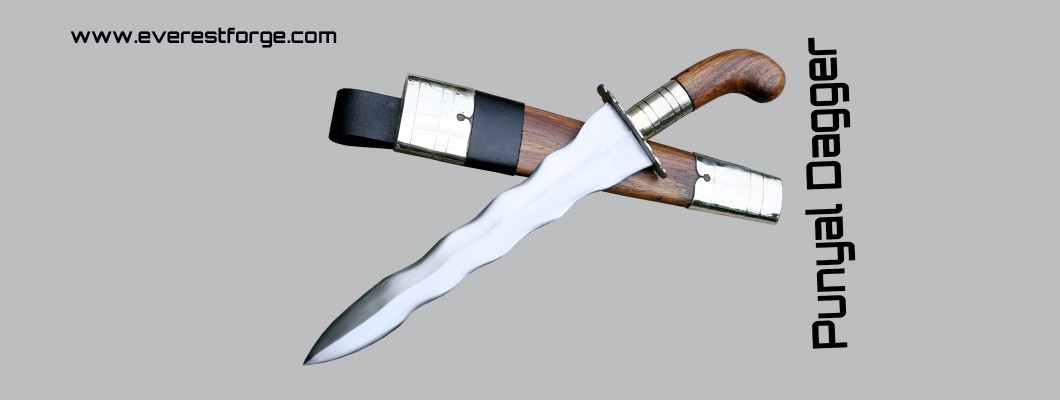
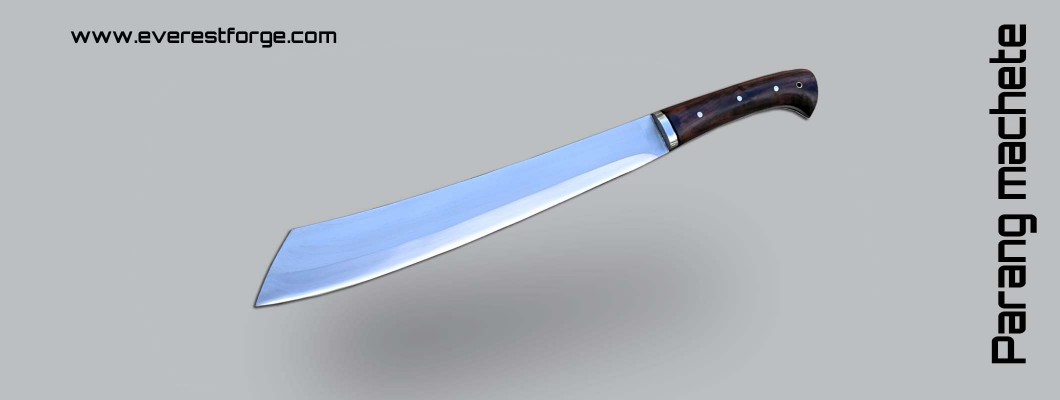
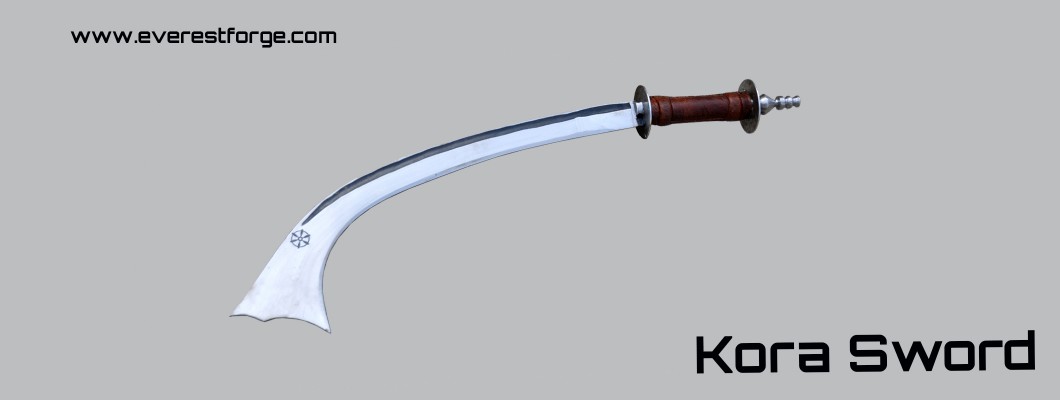
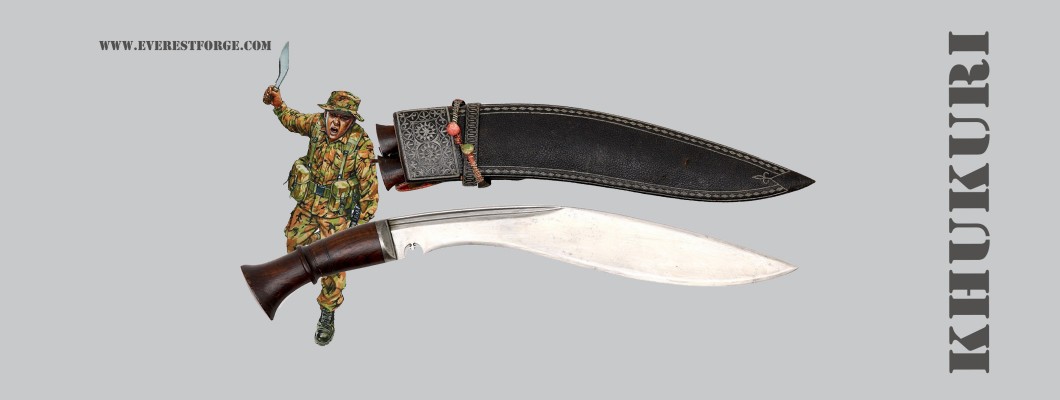
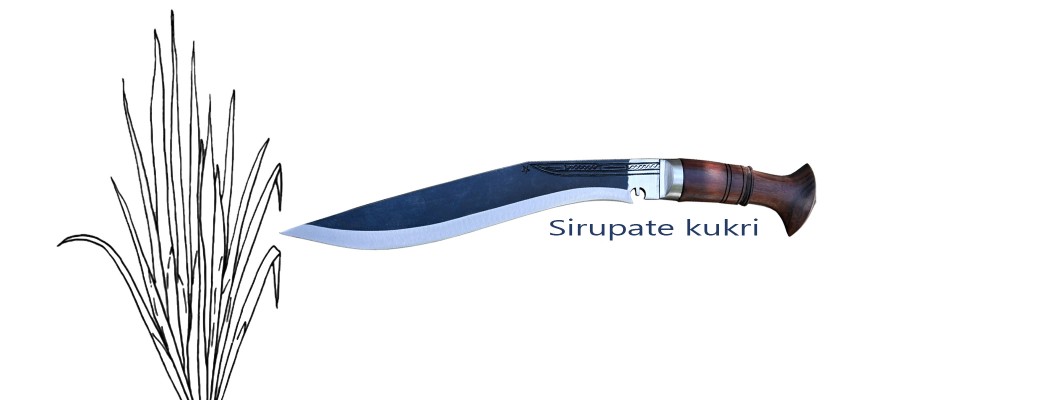
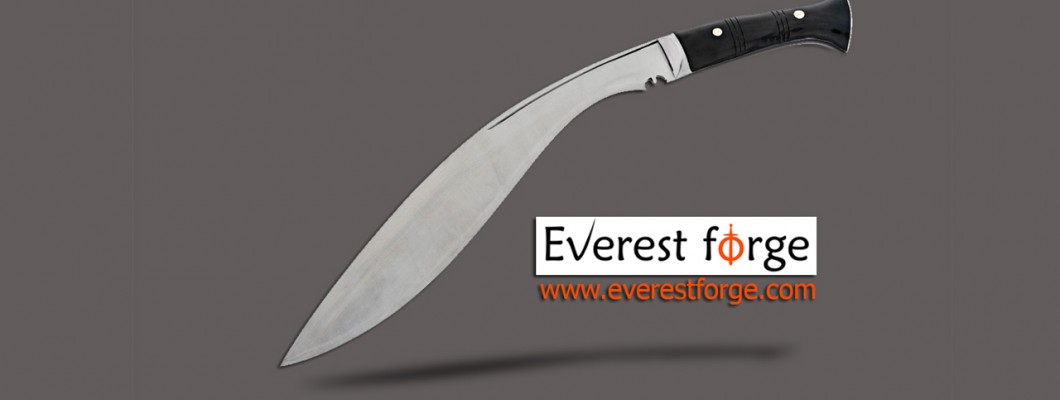
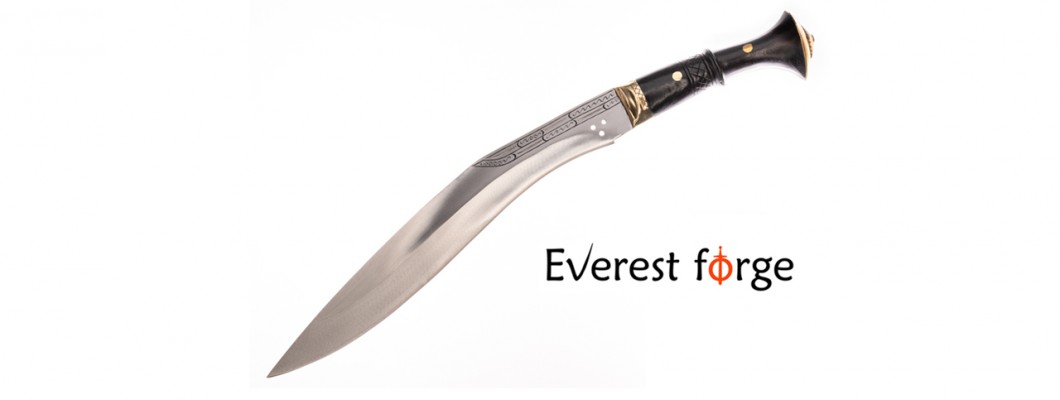
Leave a Comment